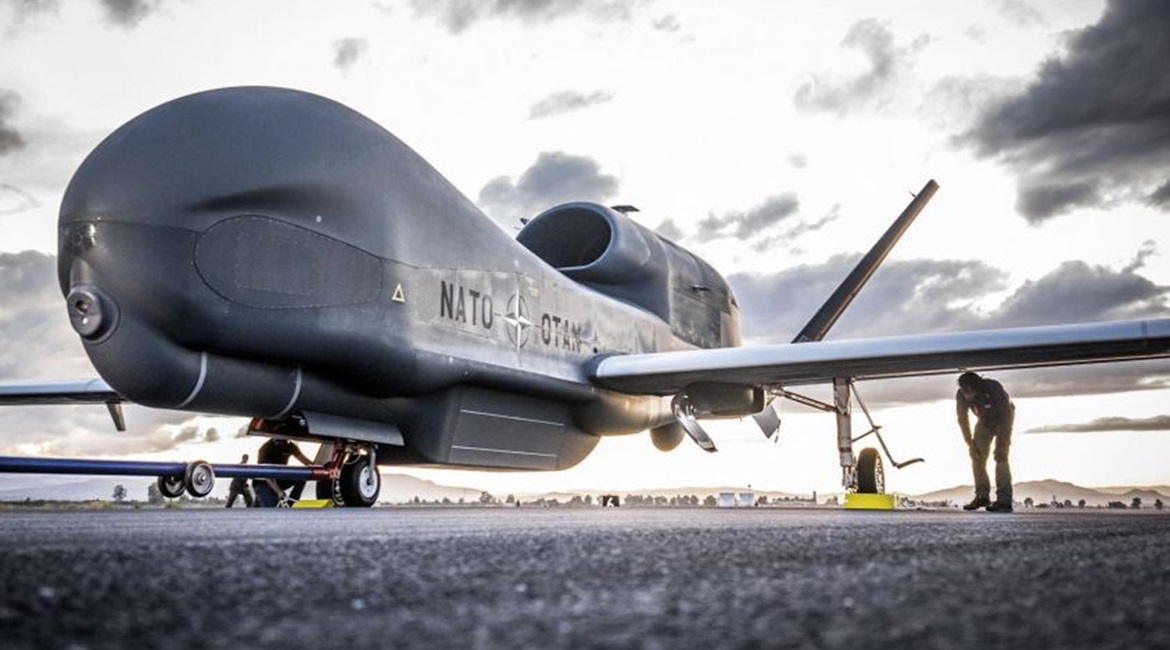
NATO has deferred declaring initial operating capability (IOC) for its Alliance Ground Surveillance (AGS) programme, citing delays due to ongoing Covid-19-related restrictions.

NATO now intends to declare IOC for its Phoenix-based AGS capability in early 2021. (NATO)
A spokesperson for the multinational programme told Janes on 22 December that the IOC that was due to be declared before the end of the year will now happen in early 2021.
“IOC for NATO’s fleet of AGS long-range surveillance drones is currently expected for early 2021 as the coronavirus pandemic delayed the programme back several months,” NATO told Janes.
While IOC for the NATO AGS Force (NAGSF) has been temporarily deferred, the spokesperson noted that training missions of the five RQ-4 Global Hawk Block 40-derived RQ-4D Phoenix high-altitude, long-endurance (HALE) unmanned aerial vehicles (UAVs) have already been flown via the early site acceptance (ESA) and early operational capability (EOC) constructs from earlier in the year. With these constructs, the spokesperson told Janes that the NAGSF was already offering up operational reconnaissance data to the alliance even though IOC was not yet declared.
Although NATO has taken the decision to defer IOC to early 2021, Janes understands that it is too soon to say if this might have any knock-on effect for plans to declare full operating capability in 2022.
The NATO AGS system is designed to provide member nations with a persistent and near-real time, all-weather, wide-area terrestrial, and maritime surveillance system in support of a range of missions, such as the protection of ground troops and civilian populations, border control, maritime safety, and humanitarian assistance. Speaking to Janes
Looking to read the full article?
Gain unlimited access to Janes news and more...




